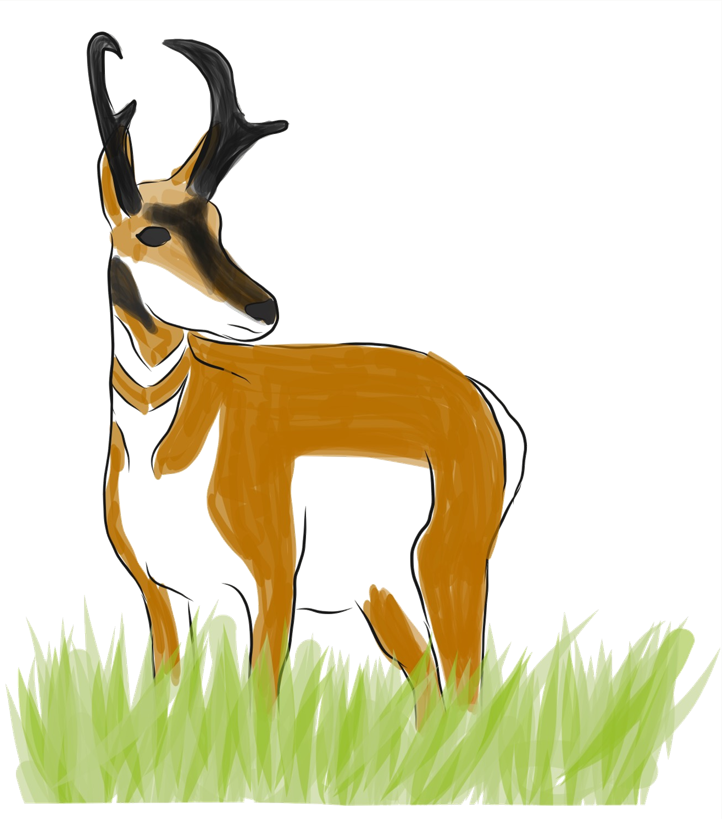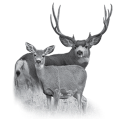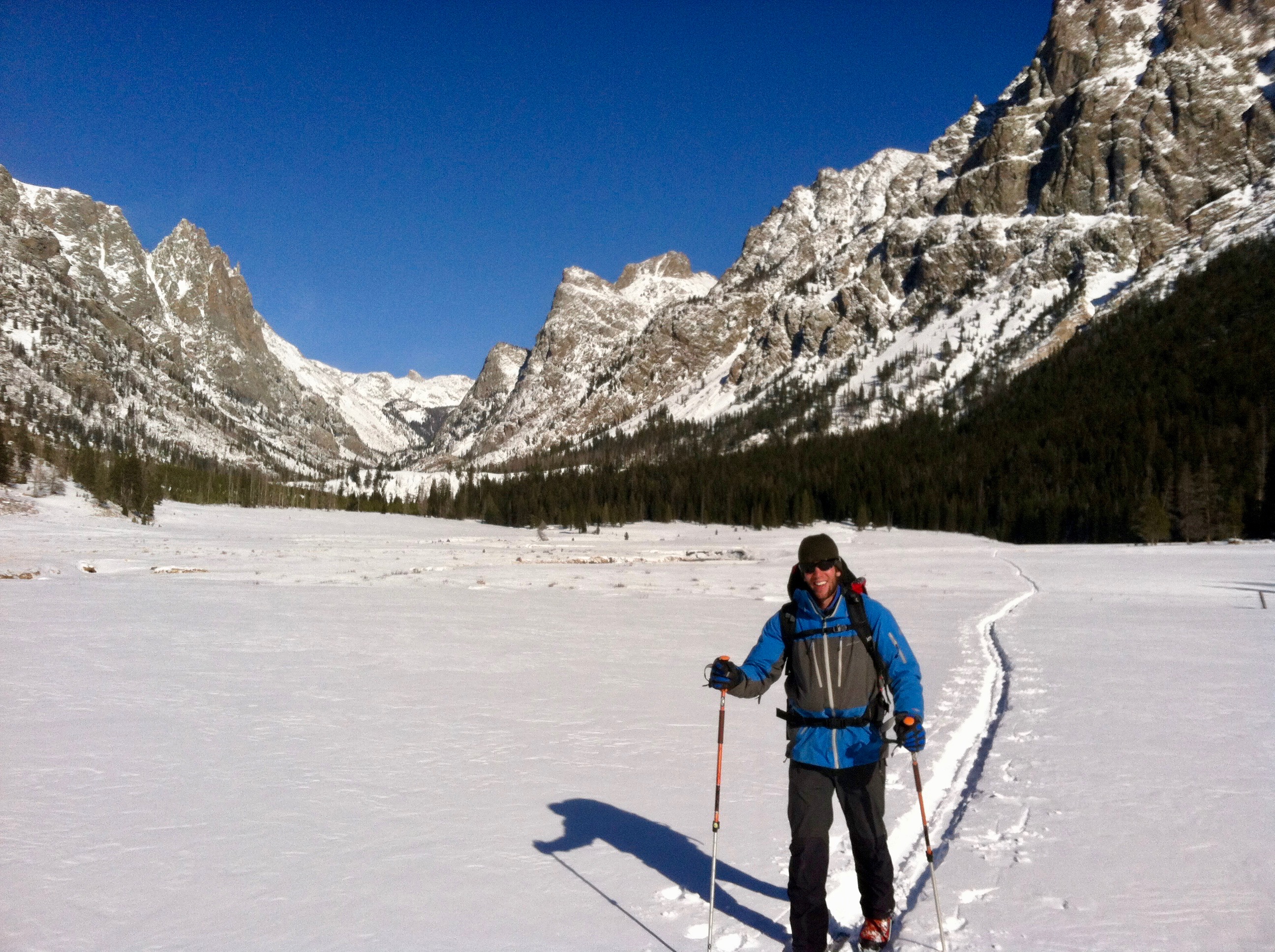Pronghorn are a cherished species of big game and an iconic part of Wyoming and the West. Although many may view them as commonplace in Wyoming, they are an ecologically remarkable species with a suite of traits that differ drastically from any other species of wild game in North America. In Wyoming, pronghorn are a fundamental part of the landscape, and represent an important species of game that generates millions of dollars annually for wildlife conservation and management through hunting.
 Together, the Wyoming Game and Fish Department and the Monteith Shop at the University of Wyoming are working to understand how harvest practices of male pronghorn affect age structure and yield of large males. The unique characteristics of pronghorn may mean that harvest influences the size and quality of pronghorns differently from other game species, which could have implications as to what opportunity for harvest pronghorn populations can support.
Together, the Wyoming Game and Fish Department and the Monteith Shop at the University of Wyoming are working to understand how harvest practices of male pronghorn affect age structure and yield of large males. The unique characteristics of pronghorn may mean that harvest influences the size and quality of pronghorns differently from other game species, which could have implications as to what opportunity for harvest pronghorn populations can support.
The overarching goal of this work is to understand how hunting might influence horn size and growth of pronghorn in Wyoming. Compared with all other game species in North America, pronghorn males reach their peak horn size much earlier in life, typically around 3-4 years of age. Indeed, some of the largest pronghorn ever harvested in the world were only 3 years old. With highly conservative harvest designed to maintain high buck:doe ratios, the majority of males present on a landscape surely exceed 4 years of age and consequently, likely grew their largest horns year(s) prior. We aim to assess if allowing more opportunity for harvest of males can occur without compromising horn growth and availability of large males.
Data collection for this project will be focused on sampling horn and body size, and age of as many pronghorn as possible that are harvested across multiple hunt areas in the heart of pronghorn country in Wyoming to understand how pronghorn grow horns as they age, and in differing habitat and weather conditions.
Understanding what opportunity pronghorn can offer could have a suite of benefits for Wyoming, from increased hunter opportunity, increased involvement in hunting by new sportspersons, maintained potential to produce large males, and reductions in density that could yield further benefits associated with improved nutritional condition, increased growth, and bolstered population performance. Although this research is needed to evaluate potential effect of different harvest regimes, pronghorn may well be so unique as to offer a scenario where harvesting a large number of animals may simultaneously yield a landscape that also contains males with large horns—a stark contrast to current paradigms of harvest and sentiments towards many harvest practices in North America.
Contact
Lee Tafelmeyer, Msc Student
Haub School of Environment and Natural Resources
Wyoming Cooperative Fish and Wildlife Research Unit
University of Wyoming
804 E Fremont Street
Laramie, WY 82072
[email protected]
Kevin Monteith, Assistant Professor
Haub School of Environment and Natural Resources
Wyoming Cooperative Fish and Wildlife Research Unit
University of Wyoming
804 E Fremont Street
Laramie, WY 82072
[email protected]
Project Lead
Funding & Partners
Wyoming Game and Fish Department



